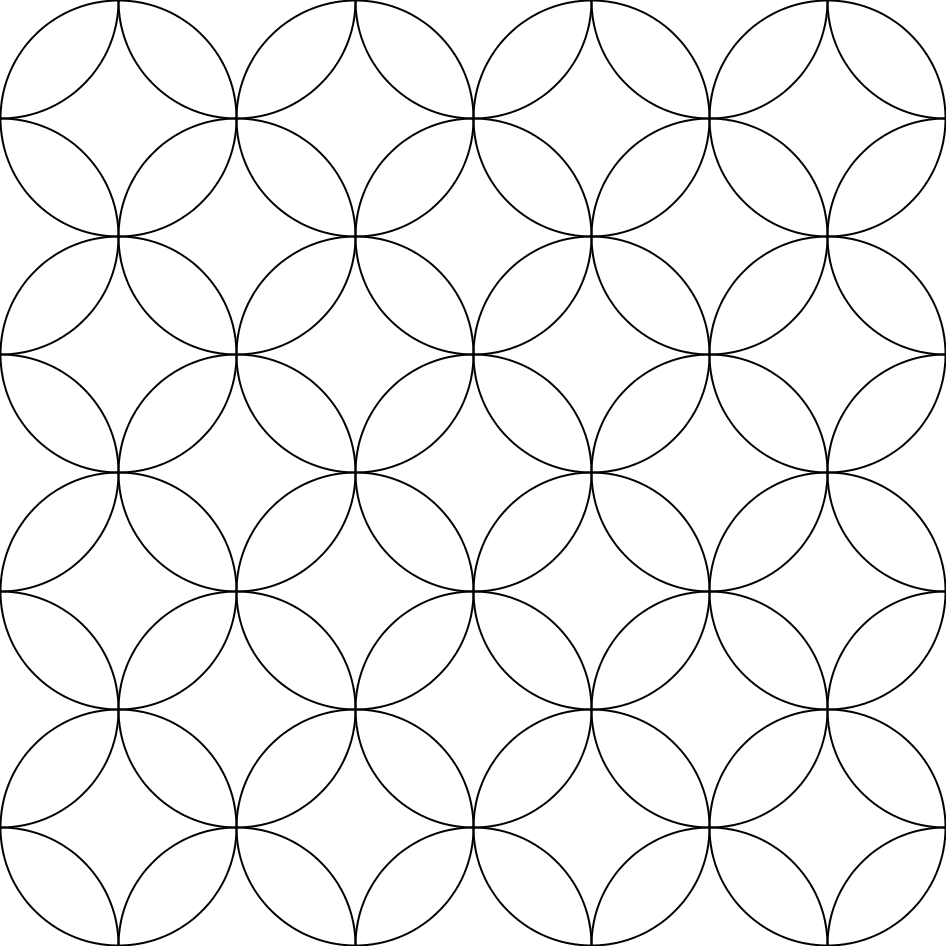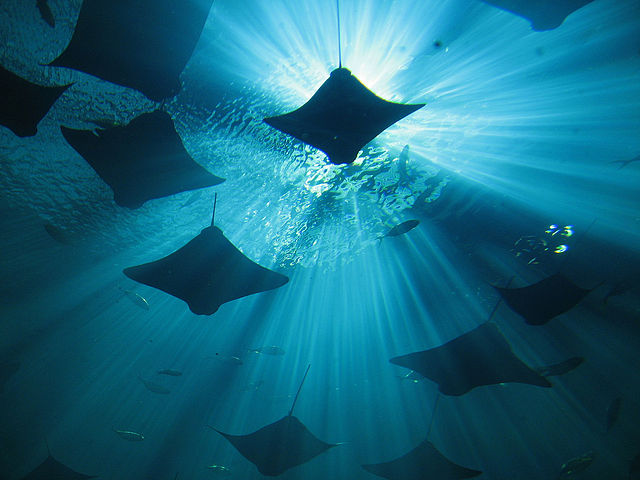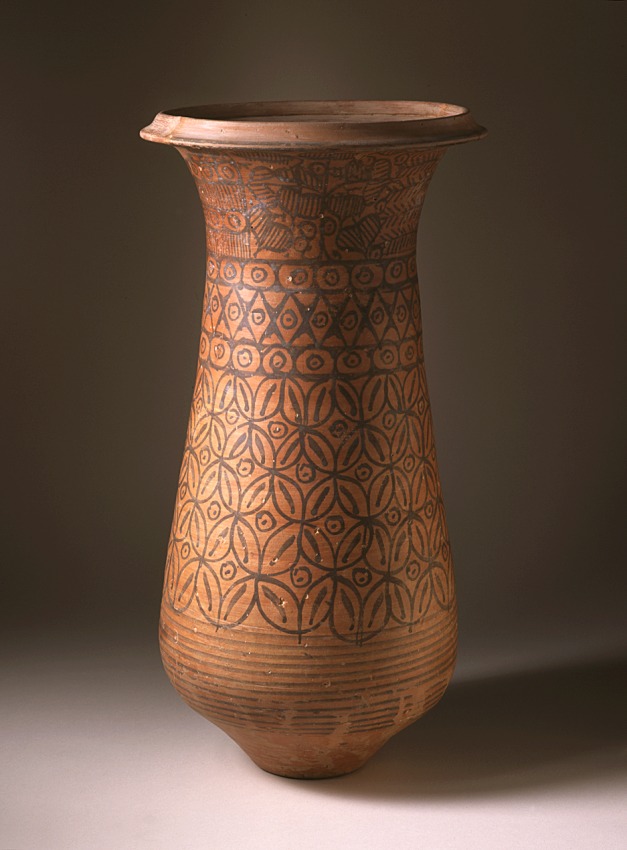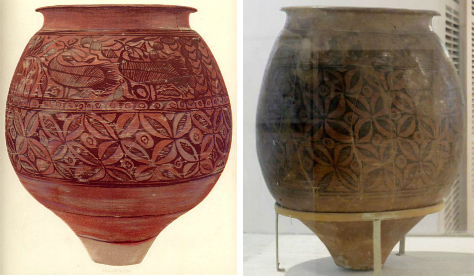Cownose
Educated geometrical practice relating to the drawing of intersecting circles have a long tradition. We can see it from mathematical clay tablets found since Old Babylonian period (2000-1600 BC).
Intersecting circles forming a concave square or the so-called Apsamikku is discussed in Mesopotamian mathematics1 by Eleanor Robson. See also: Some old Babylonian geometry2 by Duncan J. Melville. A simple depiction of the four-petal rosette pattern in question looks like this:

The Apsamikku is translated as the Cownose which refers to the exterior shape of a stingray3 fish. The naming convention in the current geometric context is a bit confusing. Cow-nose likeness of the stingray comes from the lobes and a notched head of the stingray. This is why the stingray fish is also called the cownose ray. The Apsamikku symbol doesn't look like the nose of a cow. It looks like the peripheral shape of the cownose ray.

Ceremonial vessel4 from Indus Valley civilization period (2600 - 2450 BC) and other objects5 from Harappan and Mohenjo-Daro indicates that the Cownose pattern was known in the Indus Valley already in 3000 BC.
According to Robson, in The apsamikku in Neo-Babylonian Mathematics6 the Cownose design was known:
...from Halaf pottery of the sixth millennium BC to images of Neo-Assyrian textile in Syria...
It is probable that the Cownose pattern came from somewhere in the ancient Fertile Crescent. At least, the earliest evidence we know comes from that area.

In Sound Holes And Geometrical Figures7 by Lawergren & Gurney, the sound hole of a lyre or a harp is called the Apsamikku. Interestingly the shape of the hole resembles more of two facing equilateral concave triangles more than the concave square.
It could rather be that the Apsamikku generally refers to a hole, a window or a frame in the figure, not the exact shape of it. Then the name of the FOL symbol could have been Apsamikku + some affix. Determining the meaning of the Apsamikku is outside of the scope of this essay, but it is intriguing question. If the FOL symbol/pattern had any particular name for ancients, I leave it for future speculations.

- 2.1.1.
- 2.1.2.
- 2.1.3. wikipedia.org: Cownose rays
- 2.1.4. wikipedia.org: Ceremonial vessel, Harappan, 2600 - 2450 BCE
- 2.1.5. Marko Manninen: Cownose Pinterest board
- 2.1.6.
- 2.1.7.